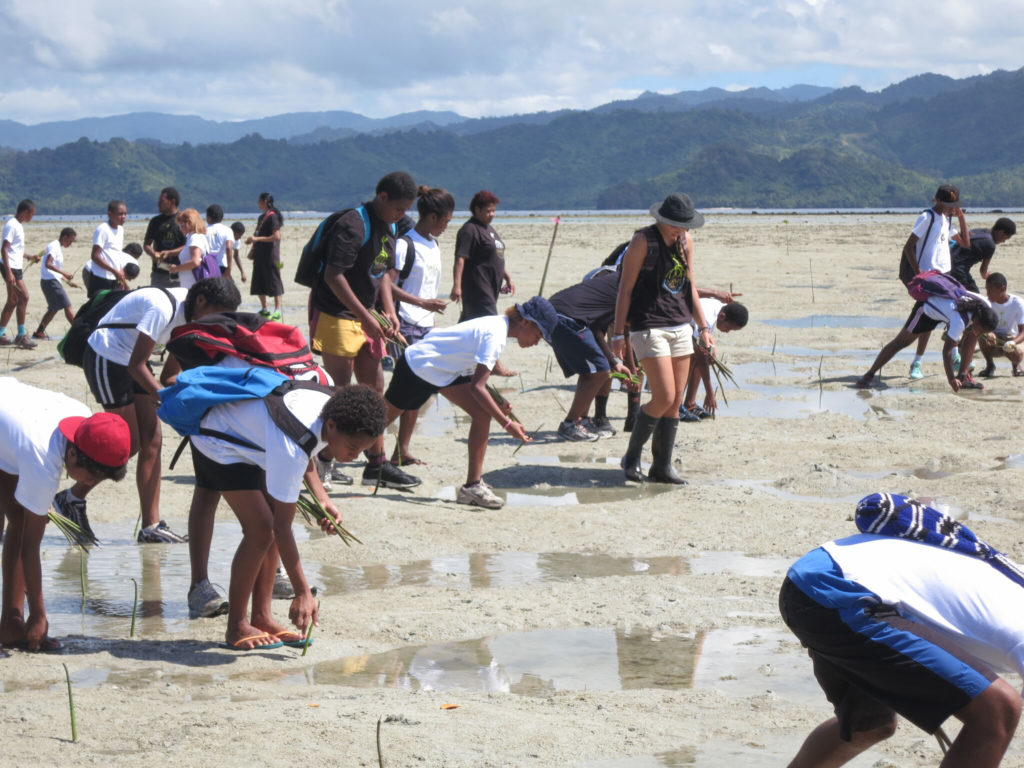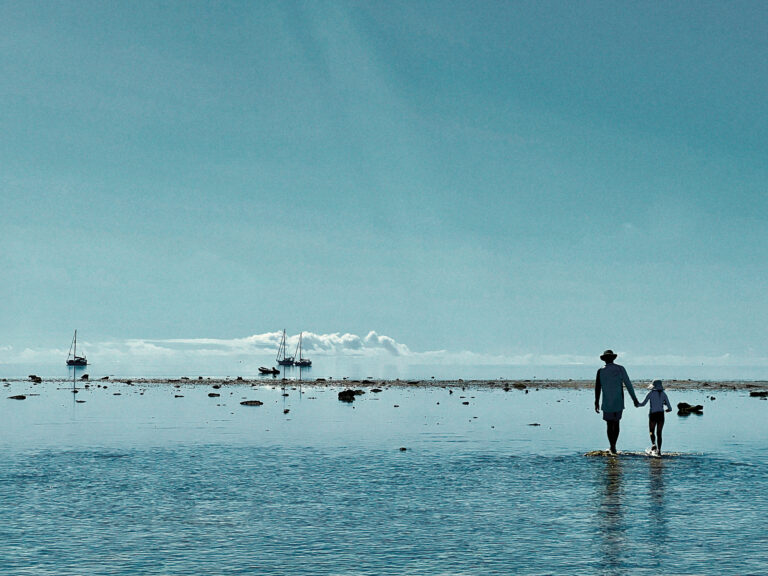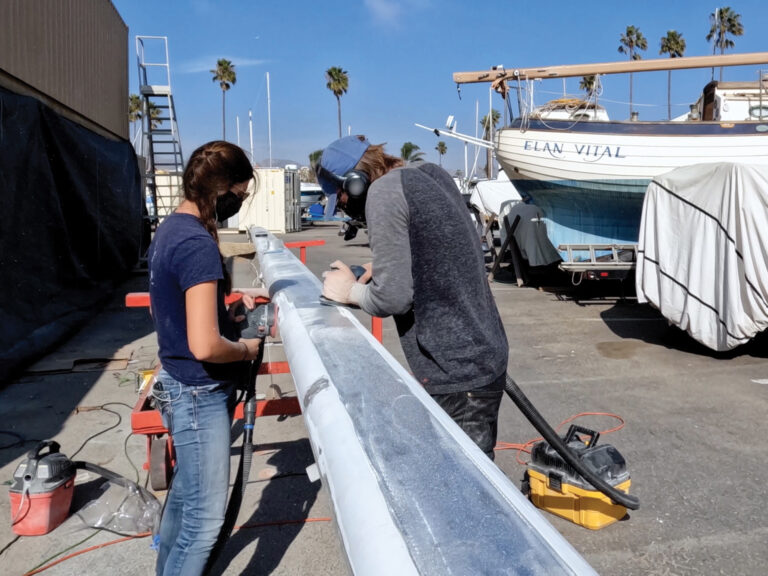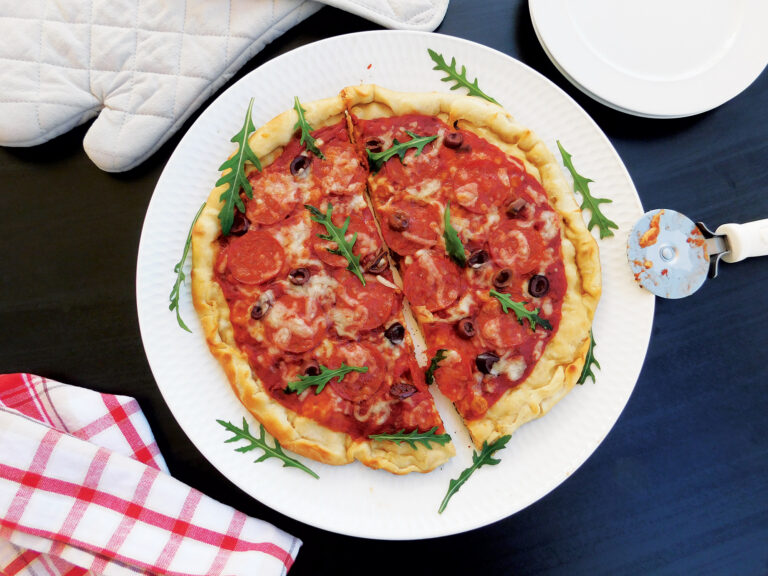
When we sailed into Savusavu, Fiji, on our 41-foot Tartan, Hotspur, I had no idea we’d soon be lending our hands (and fingers) to help replenish one of Earth’s most impressive ecosystems. But when our 15-year-old daughter, Carolyne, and I received an invitation to join some local middle school students in learning about the importance of mangroves and even planting some seedlings, I added the two-day function to her home-school lesson plan.
On the first day, we arrived at a small public school and took a seat in the dark classroom. The speaker, Cassie Gann, of Nawi Island’s Mangrove Rehabilitation Program, flipped a switch and the slide projector glowed. Gann explained how mangroves not only serve as living sea walls, acting as a barrier against wave action, but how they also remove large amounts of carbon dioxide from the air. “Coastal mangrove forests can store five times more carbon than tropical rainforests,” she told the class.
I was surprised to learn that mangrove wood is resistant to rot and insects, thereby providing excellent building material in tropical climates. I also learned that many cultures extract dyes and medicines from the bark and leaves.
The day following the lecture, buses rolled into Savusavu from surrounding villages, carrying 250 excited 13-year-old schoolchildren. With their bright yellow PFDs snugged tight, they took a boat ride across Nakama Creek to Nawi Island. Carolyne and I joined the group, which gave us a warm welcome ashore in a bure, a cabin built of dogo, or black mangrove wood.
At low tide, the mass of giddy teens trekked to the backside of the island. Out of the tree line, a sandy shelf emerged as barren as the moon’s surface. Seawater flanked one side of the spit, and bushy mangrove shrubs the other. The salt breeze carried the boys and girls’ excited chatter as they scattered across the soggy sand.
The morning sun sparkled on the moist turf, and the children formed long lines across the spit of land. Down each row, volunteers passed green woven palm-leaf baskets containing red and black mangrove propagules (seedlings). The children plucked handfuls of daku, or mangrove pods, and pressed them upright in holes they poked in the silt with their fingers. When the students finished planting, 4,500 mangrove propagules emerged from the once-desolate sand.
This is the second year that local youngsters have gathered to help plant mangrove seedlings while learning about the tree’s significance in protecting bays, creating minerals and nutrients for marine life, and harboring homes for native species, like the megabat (Fiji’s large fruit bat). Having cruised for the past eight years, we’ve learned a lot about reducing our carbon footprint. And on Nawi Island, we helped to plant the seed.
— Meri Faulkner








